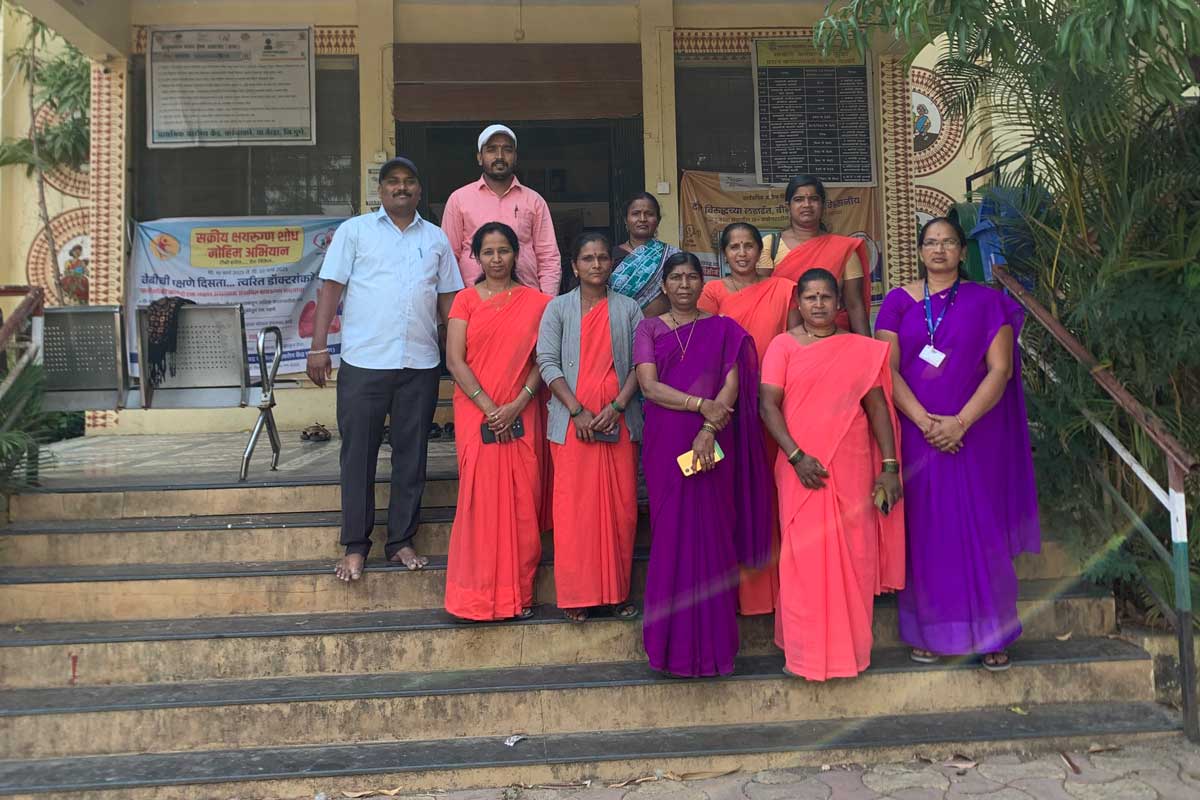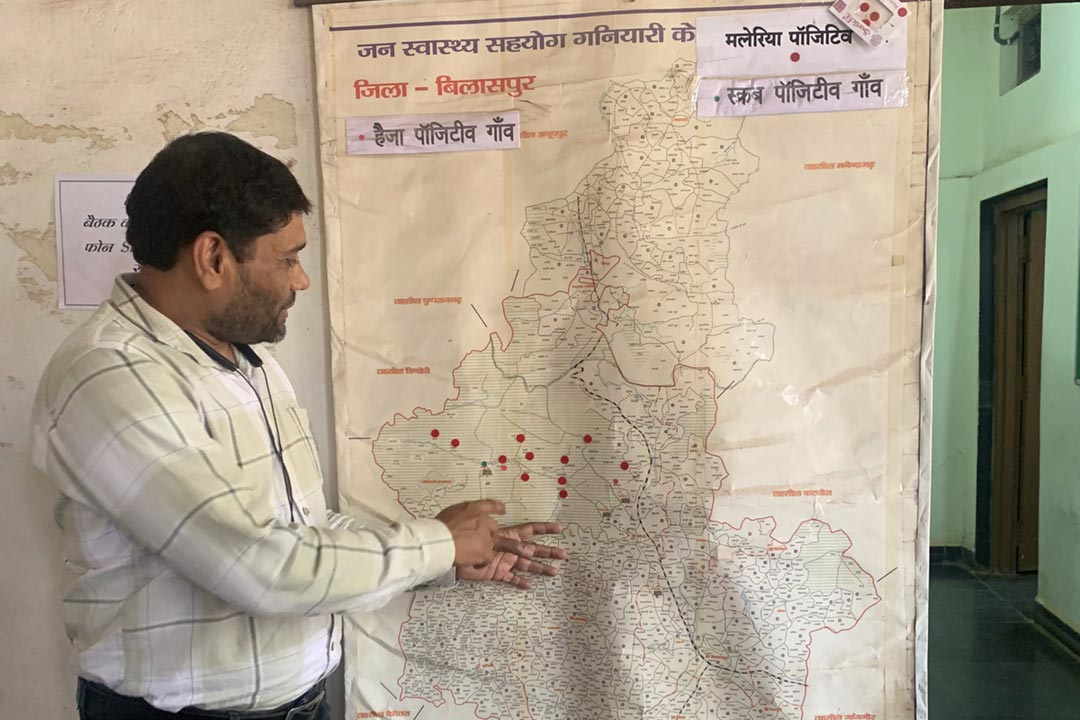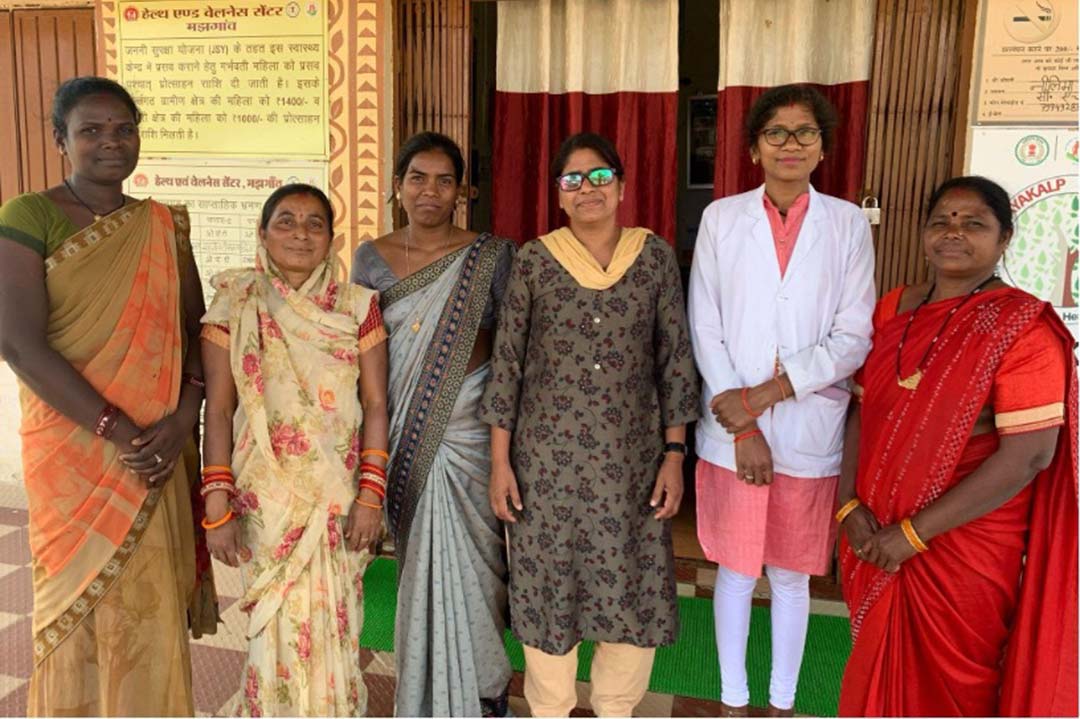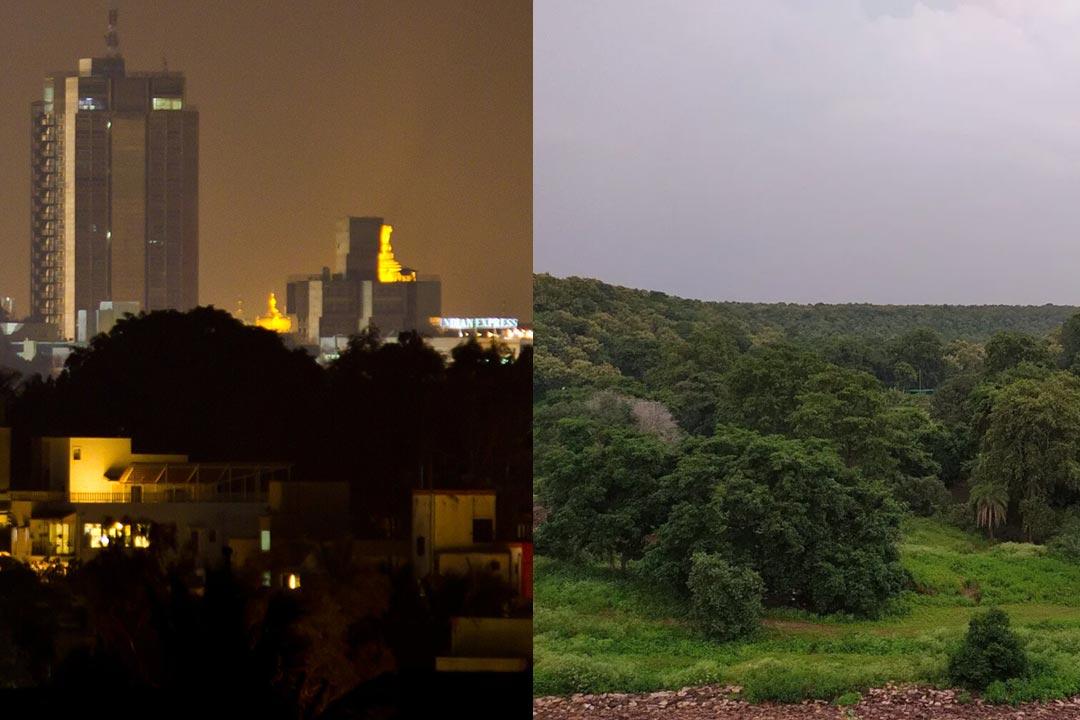Managing Mumbai monsoon: How health workers in an Indian megacity brace for bad weather
From dengue to damp patient files, city health workers in Mumbai weather the season’s challenges with a combination of systemic planning and “small fixes”
- 17 August 2023
- 6 min read
- by Sweta Daga
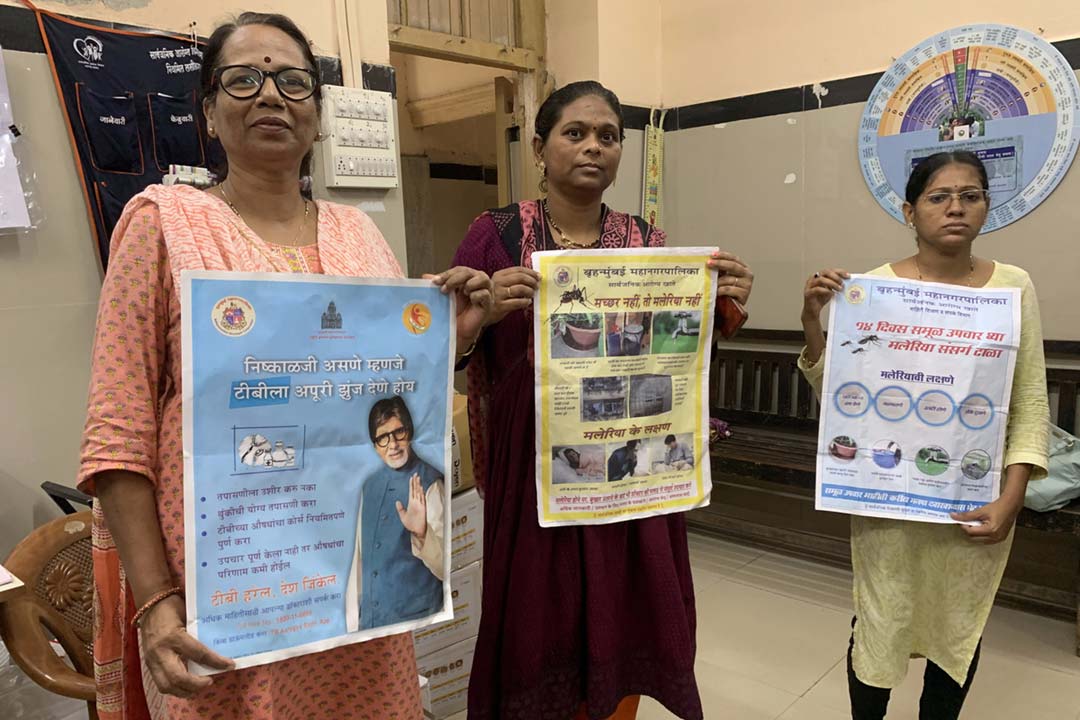
It's a gloomy, wet day in the megacity of Mumbai. Staff of the Brihanmumbai Mahanagar Palika Hospital are seen leaving the hospital building for the homes of their patients, laden with medicines and equipment. They don't have umbrellas: in monsoon Mumbai, a rainstorm barely counts as a rainstorm if it hasn't provoked a Red Alert or a flood.
"Immunisations are vital for our work; we didn’t stop during COVID; we won’t stop now.”
– Manoj Waghmare, Health Inspector with the Brihanmumbai Municipal Corporation
But there are plenty of those. On 26 July, for instance, schools and colleges shut as parts of Mumbai received over 220mm of rain. Trains were stopped, neighbourhoods became waterlogged. City hospitals, of course, stayed open.
In the G South Ward of Mumbai, employees at a government hospital make healthcare accessible in all seasons.
"We give pre-monsoon training to all our staff and ASHA workers [Accredited Social Health Activists]," explains Manoj Waghmare, a Health Inspector with the Brihanmumbai Municipal Corporation (BMC). "We also have special messages we give to citizens during times of extreme rains because it's the time that communicable diseases like malaria and dengue cases rise – we can see that happening in Delhi right now. We make sure our ASHA workers and staff are also taking [prophylactic] medicines during this time period because we need them to be healthy first. We do about 16 health camps a month, even during the monsoons, so that in case people can't make it to the hospitals for medicines, treatment, vaccines, etc. we don't miss anyone. Immunisations are vital for our work; we didn't stop during COVID; we won't stop now."
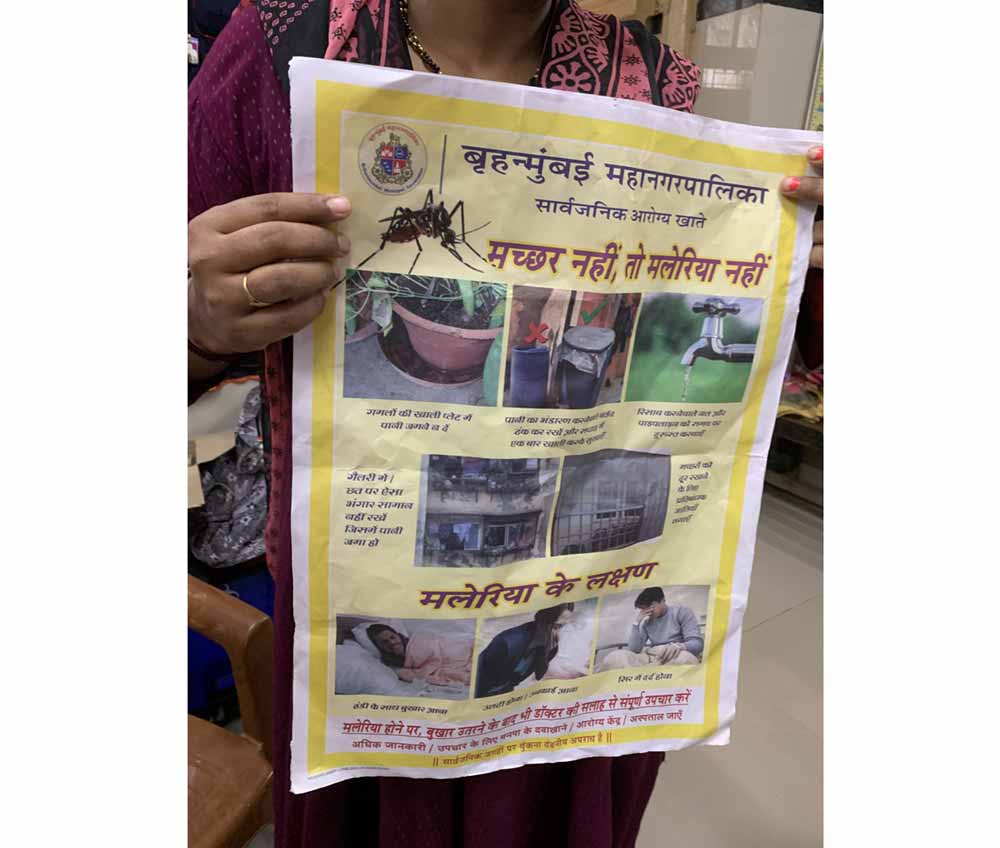
Credit: Sweta Daga
Priti,* a nurse who has worked in the government hospital system for decades, explains, "I remember when I was working in the Bandra BMC hospital, and it was 2005 and we experienced severe flooding. The nurses all slept at the hospital – we would take turns to cook for the patients there. We never leave our patients, no matter what. Not during COVID-19, not during heat, not during the rains. We have a duty."
Have you read?
In the years since, the incidence of heavy weather has increased planet-wide. In July 2023, more than 20 days were counted as some of the hottest the Earth has ever seen, with wildfires causing havoc in the West. In India, intense rains in the states of Rajasthan, Delhi, Himachal Pradesh, and Maharastra have caused major flooding, damaging property, impacting roads and power lines. In the same month, the International Meteorological Department called for five red alerts, or extreme rain warnings.
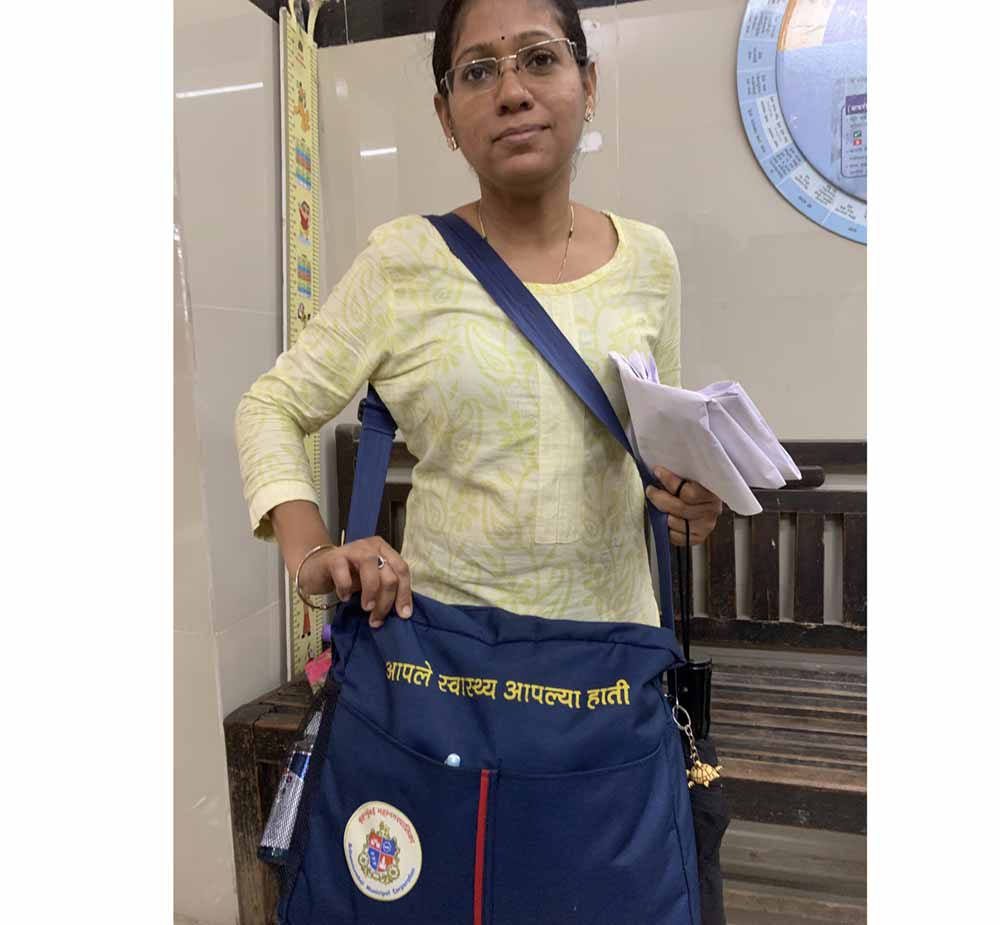
Credit: Sweta Daga
The rate of flooding, and with it, water stagnation, have increased in parts of Mumbai over the years, as rains in the city have become both more erratic and more intense. ASHA workers Vaishali Solase and Jyoti Patil, along with Health Visitor Vanita Santosh Churi, whose role it is to support families with young children, share their experiences of the extreme rains. "We go out no matter what the weather conditions are like," says Solase. "When it's too hot out, we get dizzy sometimes, and when it's like this – when it's red alerts, we also still go door-to-door. Sometimes, we wish the government would at least give us umbrellas or rain jackets, but they have given us new bags now and we have learned how to manage with small solutions."
“When it’s too hot out, we get dizzy sometimes, and when it’s like this – when it’s red alerts, we also still go door-to-door.
– Vaishali Solase, ASHA worker
The ASHA workers outline how they make sure they have several plastic bags with them at all times, to wrap paperwork, their phones, or medicines in. Even today, as India's health system goes increasingly digital, many patient notes are taken by hand, and are are vital to keep safe and dry.
When they know a patient is unwell, they not only reach out to family members, but also to neighbours, so that if a phone gets disconnected or the electricity goes out, there is more than one number on which they can reach their patient.
It is a system that is based on trust. "We know how to juggle patients now," says Patil. "If we can't go at one time of the day, we just try and go at another. We're constantly in touch with them – they rely on us."
The ASHA workers carry important seasonal messages with them. "During the monsoon, we tell people how important it is not to let any water just sit or collect, especially when they have plants or sometimes when they store big barrels of water," Churi explains. "If water stagnates it attracts mosquitoes and we know how difficult it is to get rid of malaria once it catches hold in a settlement and will only increase our work." This July alone, the BMC reported more than 350 cases of malaria in Mumbai, according to a Times of India report.
India's challenging weather patterns look set to intensify. Professor Raghu Murtugudde, a visiting professor at Indian Institute of Technology Bombay is an Earth System Scientist. He explains, "The main story of Mumbai and northwest India extremes is that the northern Arabian Sea warming is driving these changes. The Arabian Sea warmed from January onwards and has been driving heavy rainfall. Urbanisation adds to the flooding problem, but there are drainage issues as well. BMC has done well in managing floods. Early warnings from the India Meteorological Department are helping as well.
We keep trying to come up with new solutions. We can’t close during the extreme seasons – we have to keep going. Otherwise, what will our patients do?”
Pratibha Jain, managing trustee of Adarsh Jain Medical Centre, Worli
"The local information has to get better for rainfall and that will happen through using forecasts. Delivering early warning for health is handicapped by a lack of data sharing. Diarrhoeal diseases will be higher for sure and simple decisions like boiling water or filtering water can save lives."
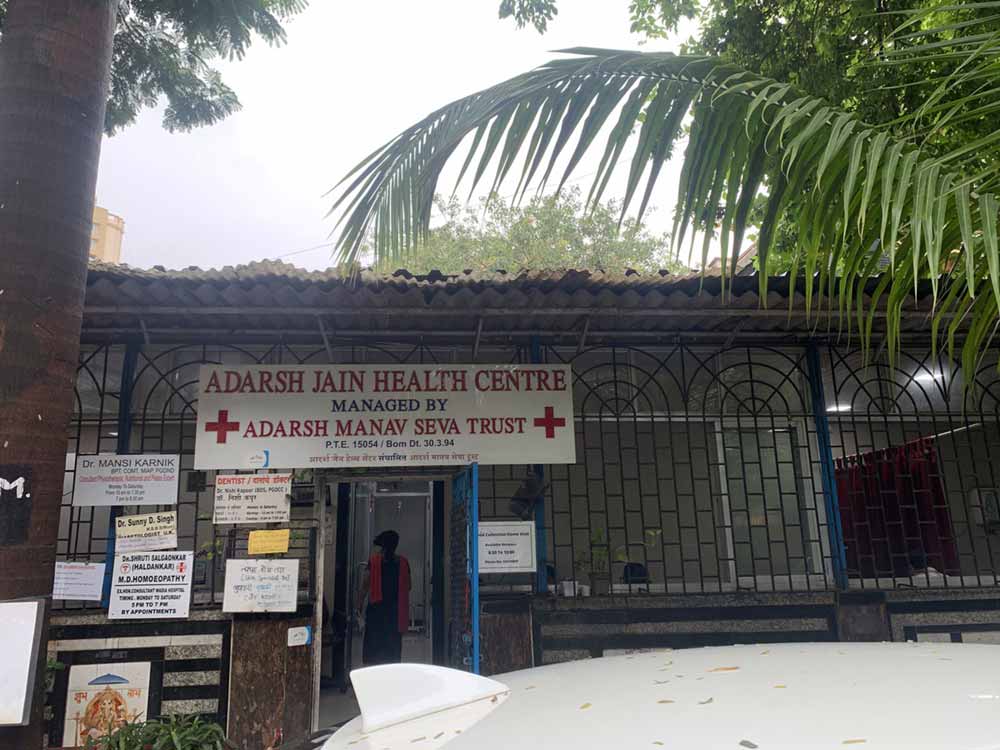
Credit: Sweta Daga
Even at small clinics in Mumbai, health administrators are learning to adapt. "We didn't get any rain this June this year," says Pratibha Jain, the managing trustee of Adarsh Jain Medical Centre in Worli. "But in July, it has rained continuously." The centre was set up as a public trust in 1994 to serve economically vulnerable people.
About five years ago, the board decided to renovate the entire building, investing particularly in improved waterproofing for the roof, because of the challenges they faced during monsoon season. Jain concludes, "Water would come into the centre and would drip onto the equipment, or make the floor wet, which could be dangerous to patients coming in, and it became very clear we couldn't use jugaad (small fixes) anymore. We need to protect medicines as well, because during monsoons, medicines would melt. We realised that we needed to streamline how medicines were ordered and changed our system to order less at one time so things wouldn't get spoiled. We keep trying to come up with new solutions. We can't close during the extreme seasons – we have to keep going. Otherwise, what will our patients do?"
